Why you can trust TechRadar
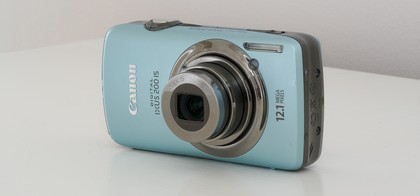
In Program mode you can tap P to choose a scene mode, but perhaps its most useful feature is exposure compensation.
Tap the icon in the bottom right-hand corner and you get a slider, which you can drag left or right to either increase or reduce exposure compensation, with your changes reflected in real-time on the screen.
It's an incredibly useful feature for making fast adjustments to your shots. The menu buttons are perfectly sized for fingertip operation, and those with greasy hands will appreciate Canon's attention to detail – there's a plastic nub on the wrist strap which doubles as a mini stylus.
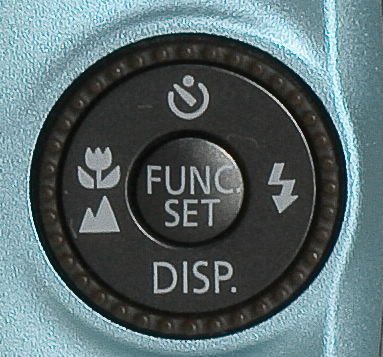
In practice, though, we found we didn't need it. The IXUS 200's menu and shooting system doesn't reach iPhone-like levels of genius (doubtless the comparison Canon would like people to make), but it's simple and swift.
Touchscreen prowess
The 200 has a few more tricks up its sleeves when it comes to reviewing images. Swiping a finger across the screen to flick through your pictures feels natural, although iPhone owners will be disappointed the first time they attempt to pinch an image to zoom in.
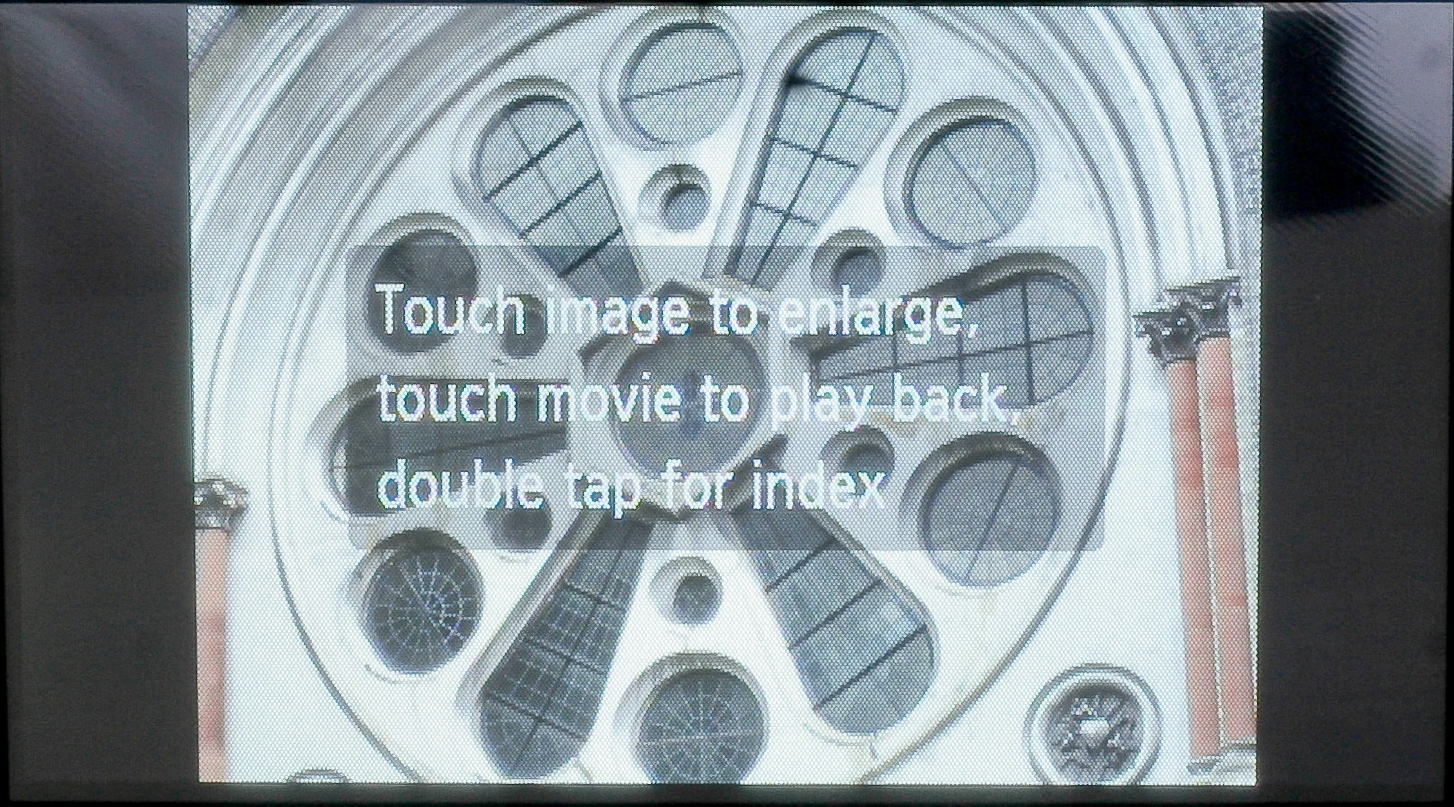
Instead, you have to tap to zoom into an image. You can also shuffle through images by jerking the camera up and down – Canon calls this Active Display.
This feels like a trick too far – nudging the camera up and down doesn't feel particularly smooth, nor is it as fast as either swiping a finger across the screen, or simply using the small jog wheel on the back.
The rest of the menu system is good as well – we'd go so far as to say it's one of the best you can get on a compact camera.
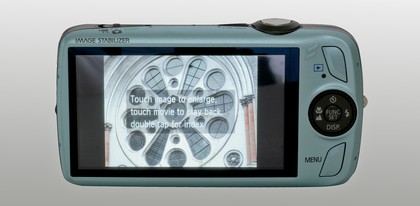
Everything is clearly laid out and labelled, and you're never kept guessing as to how to get forwards or backwards.
Beginners or hesitant users will appreciate that there's a line free at the bottom of the screen: highlight a menu selection and a line of information appears describing what your new setting will do.
There are some excellent, well-implemented features, particularly for those who take pictures at social gatherings. Self-portrait fans will like the range of self-timers – you can opt for either two or 10 second delays, and there's a custom setting in which you can set the delay yourself.
This is useful for night photographers, as you can set the delay to as little as one second, which is useful for avoiding camera shake when shooting long exposures from a tripod. You can also set the number of pictures to be taken once the timer goes off.
Timer mode
The timer mode can also be used alongside some of the IXUS 200's ingenious face detection features. Frame a shot of a group of people and press the shutter button and the camera will wait until a new face joins the gaggle before it takes the shot.
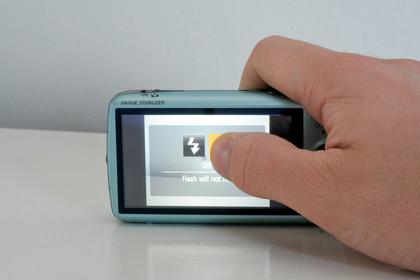
It sounds impressive, and in practice it works brilliantly. Anyone who's ever tripped over something in the mad dash to join a group of people before a self-timer goes off will appreciate it.
Face detection
Face detection features continue with the equally clever blink detection feature, which flashes a small warning on screen if you take a picture of someone mid-blink. Finally, tapping on someone's face on the touchscreen exposes and focuses on that person, as well as tracking them through the frame if they move.
Other useful tricks abound. There's a AF-Point Zoom mode, which magnifies the area of the frame the camera focused on once the picture has been taken, providing an at-a-glance indication of whether your picture will be sharp.
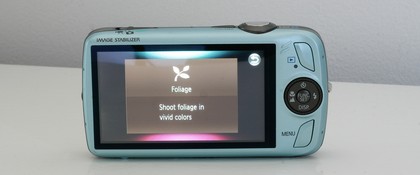
You can also isolate a colour in an image for a Schindler's List effect, or swap one colour for another.
Switch to manual
These features don't quite mitigate for the near-total loss of any manual controls, though. You don't get any manual control in Program mode beyond ISO and exposure compensation – you can't choose your own aperture or shutter speeds yourself.
Switch the camera to its night mode and you can choose the length of the exposure, from one second to 15 seconds, but the camera retains control of the aperture, and if you want a faster shutter speed than a second – for shooting in low light or daylight, for instance, you need to simply trust the camera to get the exposure right.
A full house of manual modes won't be essential for every user, but at £300 it seems fair to expect a way to directly access the IXUS 200's power.
Just about the only concession made to manual controls is white balance – besides five automatic settings and the fully automatic mode, you have the option to set white balance yourself.
Current page: Canon IXUS 200 IS: Features
Prev Page Canon IXUS 200 IS: Overview Next Page Canon IXUS 200 IS: Performance and build qualityDave is a professional photographer whose work has appeared everywhere from National Geographic to the Guardian. Along the way he’s been commissioned to shoot zoo animals, luxury tech, the occasional car, countless headshots and the Northern Lights. As a videographer he’s filmed gorillas, talking heads, corporate events and the occasional penguin. He loves a good gadget but his favourite bit of kit (at the moment) is a Canon EOS T80 35mm film camera he picked up on eBay for £18.
